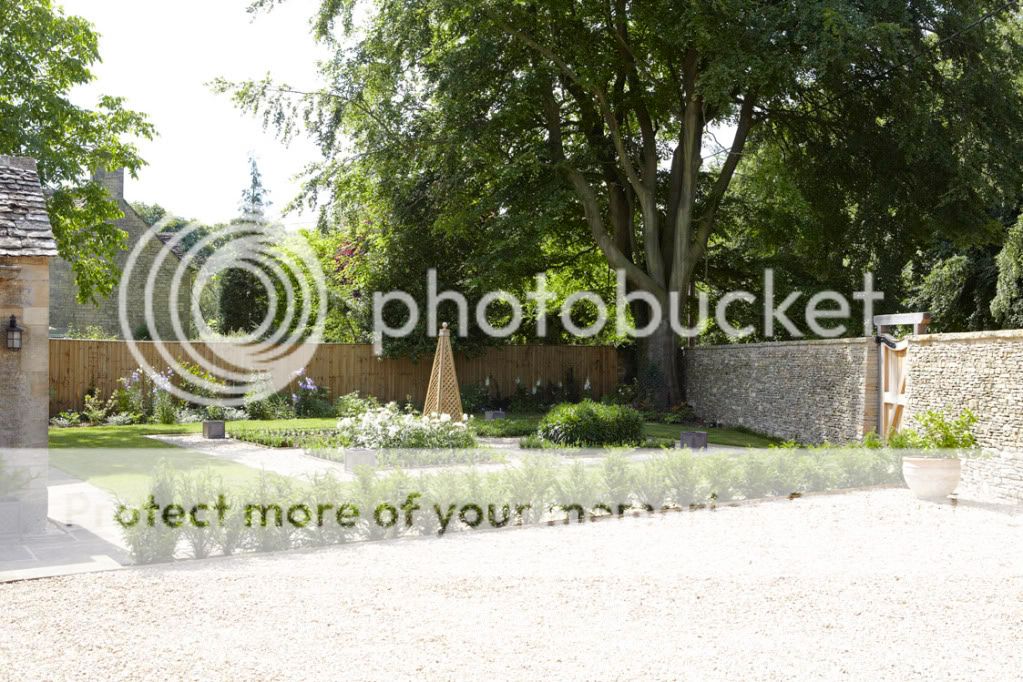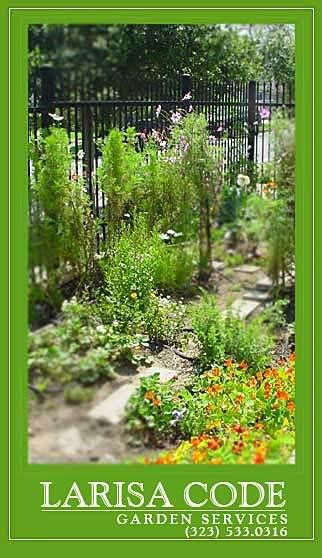Gardens enhance the looks of the house to a great extent and also add to the value of the property. Gardening is passion for some and for some a garden serves a decorative purpose. When you have a garden, you should be able to enjoy it at any time you want.
To enhance the beauty of your garden in the night, you can add lighting to it. How well you plan the lighting makes all the difference to the garden. If your garden is divided into seating and cooking area, then make sure you add additional lighting there. If you want to add a touch of green concept, then use solar lights which come along with beautiful lampshades. Have a step by step strategy to decorate your garden with lights.
 Evaluate how much space you have in the garden first. Take a walk around and think where will a light fit and how it will enhance the beauty of the garden. For example, if you have carpet grass and rocks, adding a light there could add beauty to the garden. The darkest spots in the garden always need more light. Also, adding lights where there are artificial or natural water features can change the look of the landscape completely.
Evaluate how much space you have in the garden first. Take a walk around and think where will a light fit and how it will enhance the beauty of the garden. For example, if you have carpet grass and rocks, adding a light there could add beauty to the garden. The darkest spots in the garden always need more light. Also, adding lights where there are artificial or natural water features can change the look of the landscape completely.
Lighting can also be placed underwater to enhance the beauty of the pond or a small water area. Combine them with small fountains to contribute to an overall effect. Both underwater pond lights and small fountains can be solar powered. So, proximity to electrical service is not necessary. Also, highlight some trees which tend to change color in the fall. In winter, serial lights looks better on trees with stark branches. There are several gardening magazines which give you several ideas on how to effectively decorate your garden with proper lighting.
To enhance the beauty of your garden in the night, you can add lighting to it. How well you plan the lighting makes all the difference to the garden. If your garden is divided into seating and cooking area, then make sure you add additional lighting there. If you want to add a touch of green concept, then use solar lights which come along with beautiful lampshades. Have a step by step strategy to decorate your garden with lights.
 Evaluate how much space you have in the garden first. Take a walk around and think where will a light fit and how it will enhance the beauty of the garden. For example, if you have carpet grass and rocks, adding a light there could add beauty to the garden. The darkest spots in the garden always need more light. Also, adding lights where there are artificial or natural water features can change the look of the landscape completely.
Evaluate how much space you have in the garden first. Take a walk around and think where will a light fit and how it will enhance the beauty of the garden. For example, if you have carpet grass and rocks, adding a light there could add beauty to the garden. The darkest spots in the garden always need more light. Also, adding lights where there are artificial or natural water features can change the look of the landscape completely.Lighting can also be placed underwater to enhance the beauty of the pond or a small water area. Combine them with small fountains to contribute to an overall effect. Both underwater pond lights and small fountains can be solar powered. So, proximity to electrical service is not necessary. Also, highlight some trees which tend to change color in the fall. In winter, serial lights looks better on trees with stark branches. There are several gardening magazines which give you several ideas on how to effectively decorate your garden with proper lighting.
About Author: Pauline is an online leading expert in the gardening industry. She also offers top quality tips like: Fruit Alphabetical List, History of Apple.
Article Source: http://EzineArticles.com/?expert=Pauline_Go





 2:14 AM
2:14 AM
 Admin
Admin




















